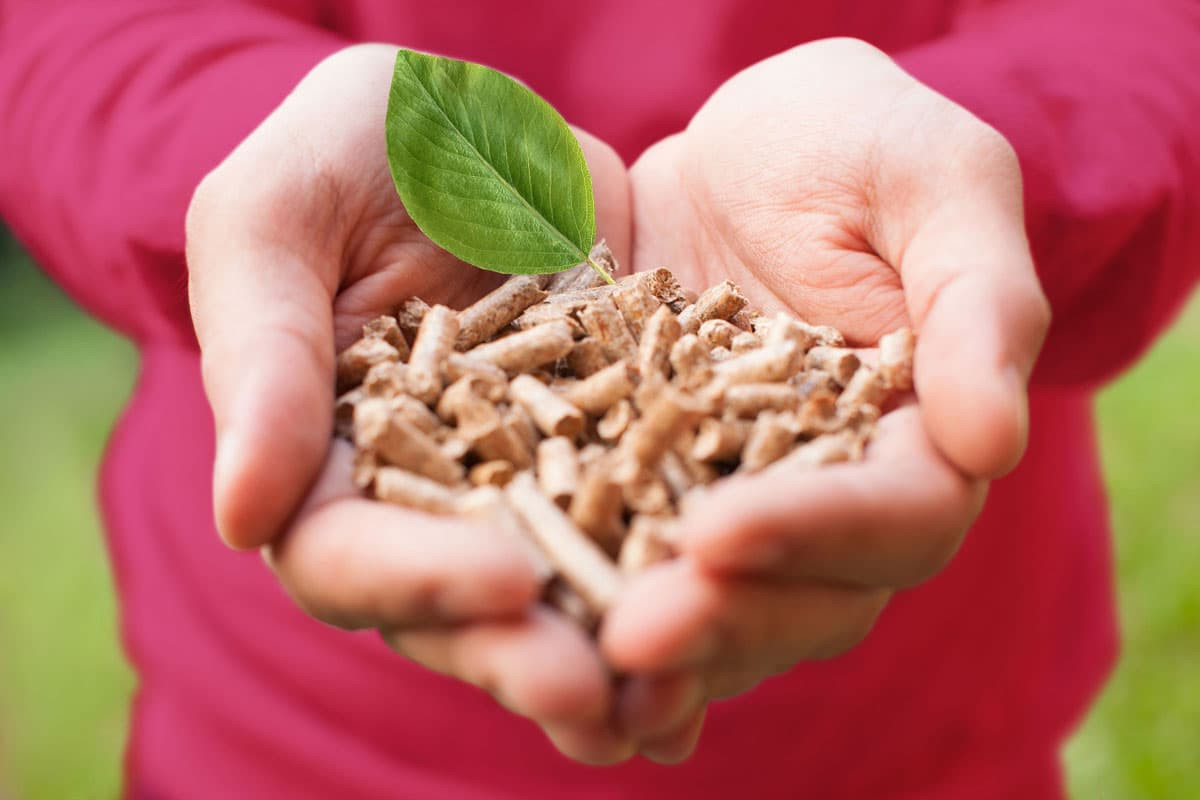
What is Bioenergy? How to Get Energy from Biomass
What is in this article?
Due to the annual increase in the world population and the depletion of energy resources, the transition to renewable energy sources has gained importance. Energy from biomass, one of these sources, is characterized both by the diversity of production technologies and its high potential.
When processed with the right methods, biomass energy becomes an effective and useful resource.
In this article you will find answers to all the questions you may have about what bioenergy is and how energy from biomass is obtained.
What is Biomass?
Biomass is renewable, non-fossil organic matter derived from plants and animals. It contains oxygen, nitrogen, hydrogen, and carbon, as well as atoms with small amounts of heavy and alkali metals. In this sense, all plant and animal matter that contains carbohydrate components is biomass.
According to a report published in 2014, about 10 percent of the world's energy is derived from biomass. Plant-based alternative energy sources, used in place of exhaustible energy sources, derive their energy from solar power.
As long as the sun exists, plants will photosynthesize, making biomass an inexhaustible resource.
What is Biofuel and Biogas?
Biofuel is derived from animal and plant sources. Examples of biofuels include various types of fuel such as biogas, bioethanol, and biodiesel.
Biogas, a subtype of biofuel, is carbon dioxide and methane gas produced by anaerobic fermentation of organic waste in an environment without oxygen.
Cattle, sheep and poultry manure, municipal solid waste, agricultural waste, beet pulp, peanut shells and tea waste are used for biogas production. This technology helps to return waste to the ground and to generate energy from waste materials.
Electrical energy is generated by burning biogas in gas engines. Biogas stands out as an environmentally friendly fuel. The methane gas produced from this source emits less carbon dioxide than the petroleum-based fuels used today.
What is Biomass Energy?
Renewable energy that can be obtained in less than 100 years from all plants and animals, forest products, urban and food waste is called biomass energy. Energy can be derived from biomass in solid, liquid or gaseous form.
Approximately 14% of the world's energy is derived from biomass. Most of this energy is used for heating purposes. The processing of waste in an increasing number of plants is accelerating, and the areas of use for bioenergy are increasing year by year.
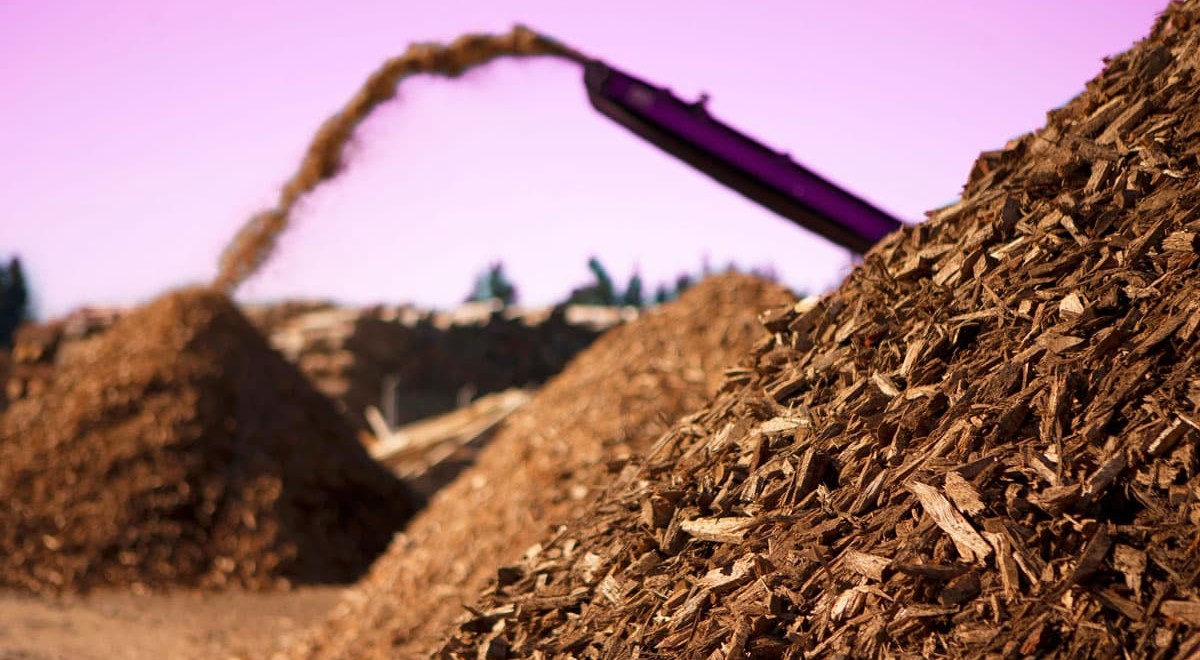
How to Get Energy from Biomass
Biomass is harnessed for energy production through physical, chemical, or thermochemical processes.
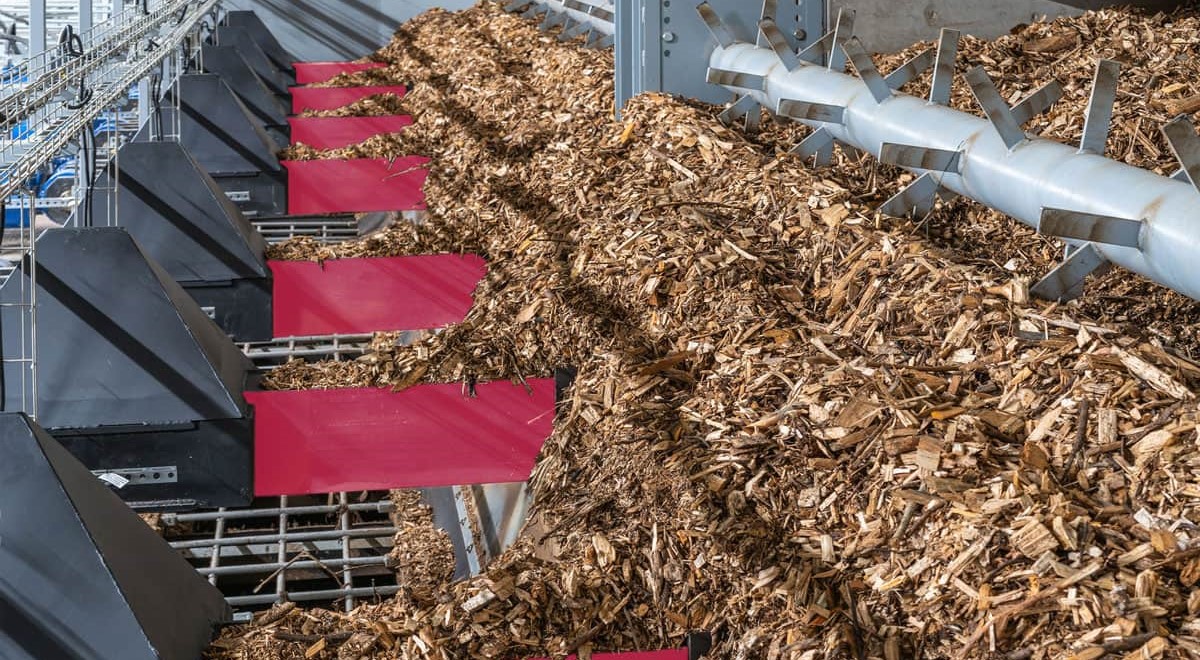
Biomass energy is obtained by various processes and methods. These methods are as follows:
-
Physical Processes
 Physical processes used in biomass processing are drying, milling, pelletizing, and briquetting.
Physical processes used in biomass processing are drying, milling, pelletizing, and briquetting.
The drying process, which allows the biomass to be stored for a long time without spoiling, can be done by hot air, solar radiation or by vacuuming. Nowadays, drying is carried out with special pieces of machinery.
In the milling phase, the size of the biomass pieces is adjusted with knives and shafts.
Briquetting and pelletizing processes are used in the processing of forestry and agricultural waste.
These products, which do not have a homogeneous structure, must be dried and ground into sawdust so that they can be used as fuel.
In this way, the space required for storage is reduced, energy density is increased, and material los is minimized.
-
Chemical and Biological Processes
Biogas, bioethanol, and biodiesel are produced by chemical and biological processes. Biogas and bioethanol are produced by fermenting biomass in an oxygen-free environment.
The product obtained from the conversion of sugars and starches in organic matter is bioethanol. Carbon dioxide and methane gas produced in the final stage of chemical processes are used as biogas.
Vegetable oils and animal fats such as sunflower oil, rapeseed oil, soybean oil and palm oil can be used for biodiesel production. In addition, kitchen oils and algae, which are now waste products, can also be recycled.
These products are converted into biodiesel through transesterification (the reaction of an ester with alcohol to form another ester) and used in vehicle engines or fuel systems. This process involves the conversion of a triglyceride molecule into biodiesel by reaction with alcohol and base.
-
Thermochemical Processes
Forest biomass can be burned to produce heat and electrical energy. Since the amount of energy obtained by this method is small, energy-rich materials such as agricultural waste or bark are preferred for combustion.
Thermochemical processes such as pyrolysis, gasification, hydrothermal processes, and high-pressure impact can be used in bioenergy production. By subjecting biomass to thermochemical processes, high purity hydrogen can be produced which can be used for energy production.
Where is Energy from Biomass Used?
Energy from biomass is used to generate electricity and heat. In addition, it is also used as a by-product in vehicle engines and in various fields.
The heat released when biomass is converted into energy can be used instead of the heat needed for the power plant. This energy is converted into electricity and the demand for electrical energy for production processes is met.
The remaining electricity is transferred to transformers and transmitted to the neighboring residential buildings and work sites. The gas obtained from biomass is purified and used as biofuel.
The by-products of production can be used as chemical or organic fertilizer.
What are Biomass Resources?
Biomass can be produced from raw materials of animal or plant origin, as well as from forest products or municipal waste.
Animal biomass resources are as follows:
- Feces from animals such as horses, sheep, cattle
- Slaughterhouse waste after processing animal products
Plant biomass resources are:
- Sugar and starch crops such as potatoes, sugar beets, wheat
- Oilseeds such as soybean, rapeseed, sunflower
- Agricultural and vegetable waste such as straw, branches, bark
- Protein crops such as beans and peas
- Fiber crops such as flax, hemp, miscanthus

Biomass resources derived from forests and forest products can be listed as follows:
- Forest and wood waste such as energy crops and trees
Biomass resources derived from organic waste are as follows:
- Domestic and industrial wastewater;
- Sewage sludge;
- Waste from paper and food industries;
- Wastes from large industrial plants.
Types of Biomass Energy
In its most basic meaning, biomass can be divided into two categories: classical and modern.
Classic biomass refers to the burning of plant and animal waste and wood from forests to produce energy.
Modern biomass refers to resources that are converted into fuel using a variety of methods. Modern biomass sources include forest and wood industry wastes, municipal wastes, plant wastes from agriculture, animal wastes from agriculture, and wastes from agricultural industry.
Biofuels can be in solid, liquid, and gaseous forms. Solid fuels are biochar and bio-brut; liquid fuels are biodiesel, bioethanol, biomethanol, and bio-oil; gaseous fuels are biogas, biohydrogen, and biosyngas.
The most common biofuels used today are biodiesel and bioethanol.
Areas of Use of Biomass Energy
Energy from biomass is used for heat and power generation. The products resulting from the production of biomass can be used for many different purposes in daily life.
These include many different products, from cosmetics to food supplements, from cleaning agents to plastic products.
What is the Contribution of Biomass Processing to the Environment?
When attempts are made to unknowingly dispose of animal waste, urban waste, and plant waste that causes disease, carbon emissions increase.
It also releases harmful methane and greenhouse gases. These wastes, which are harmful to the environment and human health if not processed under proper conditions, should be fed to the economy using proper methods.
Methods such as biomass fermentation should be used in these processes to prevent the spread of disease. This can prevent waste from harming the environment and living things by mixing with groundwater, rivers and lakes, air and soil.
Processing biomass can also prevent visual pollution and undesirable odors, but biomass energy does not contribute much to the environment. The reason is that biomass energy contributes to global warming in the short term.
What are the Advantages of Biomass Energy?
Biomass energy, which stands out among alternative energy sources for its great potential, is a source from which energy can be obtained continuously.
The advantages of this easily storable energy are the following:
- Because biomass is processed as part of the natural cycle, less carbon is released into the atmosphere compared to fossil fuels.
- Energy from biomass is continuously renewable thanks to sources such as manufacturing plants and municipal waste.
- It has many uses, making it a versatile energy.
- Sources are found almost everywhere in large quantities. It is one of the energy sources with high potential.
- Biomass power plants can operate for a longer period of time compared to plants of other types of energy. The efficiency is also quite high.
- Biomass contributes to the quality of air, soil and water with sustainable practices. For example, soil fertility can be increased through the use of biomass feedstocks. Environmental benefits include slowing down climate change.
- It contributes to the economy when produced domestically. Specifically, biofuel production can reduce dependence on foreign countries for energy consumption and create jobs. Regular use of solid waste in production reduces the amount of waste and reduces disposal costs and the need for storage space.
Are there any Disadvantages of Biomass Energy?
One of the main problems with biomass energy production is the lack of sustainable and coherent policies and incentives. This situation leads to the fact that the outcome of long-term investments is uncertain.
Some disadvantages of biomass energy are as follows:
- In some cases, biofuels must be supplemented with fossil fuels to fully utilize biomass.
- Methane gas is released from some feedstocks used for biomass energy production, which is harmful to the environment.
- Biomass power plants need to be built on a large area. If forests are damaged to create these areas, there is a risk of biodiversity loss. To reduce land use risks, preference should be given to fire areas or areas with forest debris.
- Not enough knowledge of the sector by the personnel and management who will process the biomass in modern facilities can lead to large production losses.
- Not all wastes are used for biomass energy production. Therefore, the waste should be separated.
How do Biomass Power Plants Work?
Biomass and biogas power plants produce energy from organic waste that decomposes spontaneously in nature.
In biogas power plants, energy is released by burning methane gas produced by the decomposition of organic material such as animal manure in an isolated basin.
The type and content of materials used in these plants, the ratio of dry to organic matter, and the particle size are important.
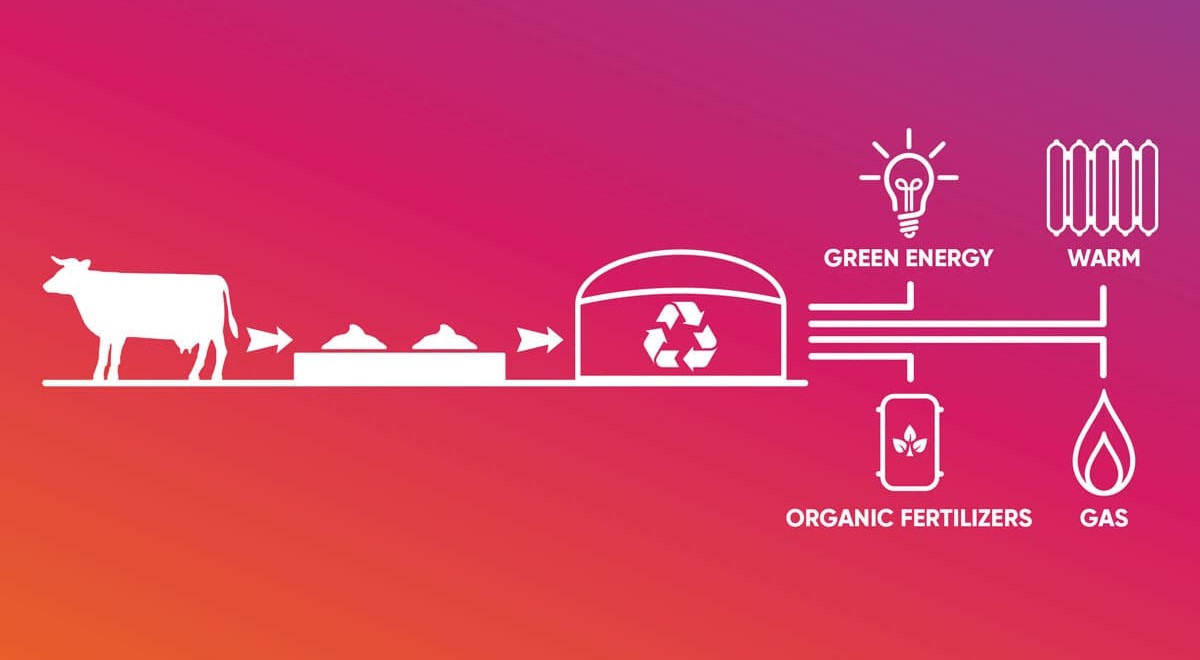
In addition, the proportion of volatile substances, the fermentation height, the hydraulic load rate and the waiting time are important points.
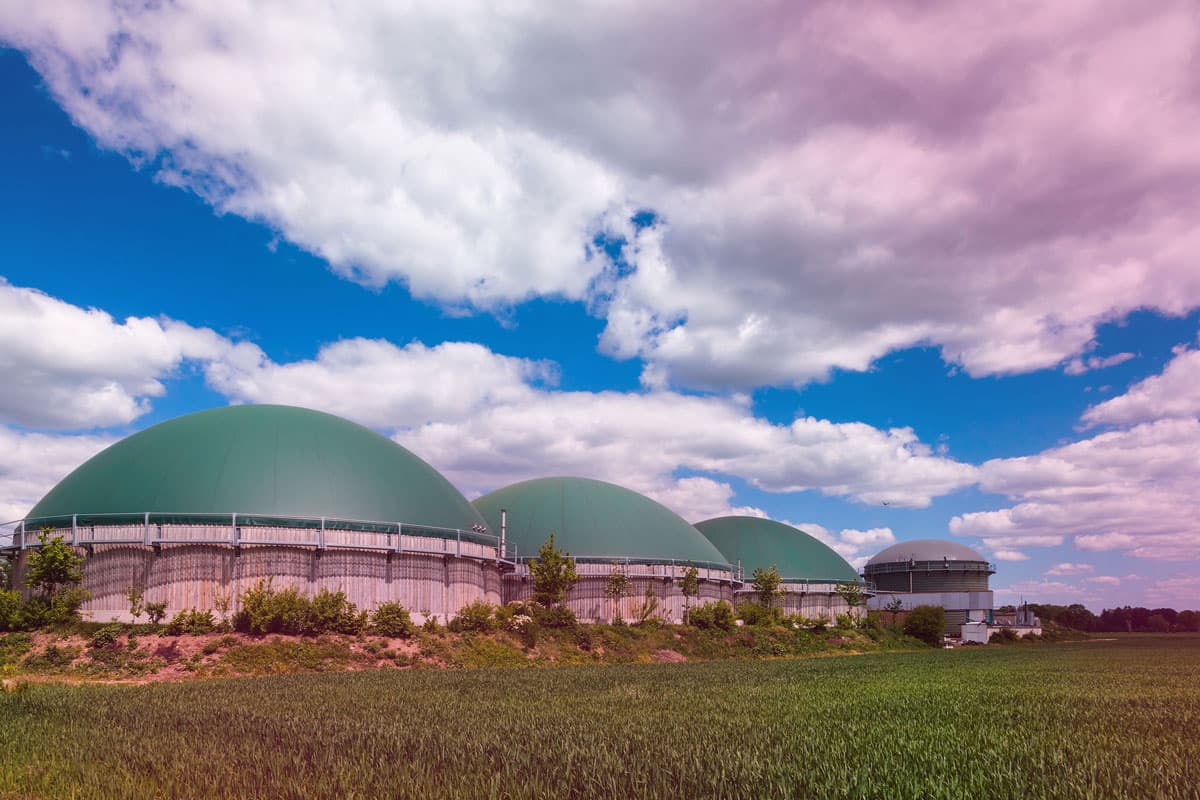 Biogas power plants include gas storage tanks, fermentors, heating systems, pumps, mixers, gas piping, organic matter storage, separation and filtration elements, and heat transfer elements. However, the dimensions of these components can vary, depending on whether the plant is a family farm, agricultural operation, or industrial operation, and on production capacity.
Biogas power plants include gas storage tanks, fermentors, heating systems, pumps, mixers, gas piping, organic matter storage, separation and filtration elements, and heat transfer elements. However, the dimensions of these components can vary, depending on whether the plant is a family farm, agricultural operation, or industrial operation, and on production capacity.
The fermentation tank is one of the most important parts of the biogas plant. It is important that this tank, which can be built underground or above ground, is heat-resistant, leak-proof and ensures uniform distribution.
To keep costs low, vertical or horizontal tanks are usually preferred. There is an agitator in the tank that directly affects fermentation. A gas tank is used to control and store the extracted gas.
The mixture in the tank is heated periodically to increase the activity of methane gas bacteria, which affect the production. The mixture is heated to 30-35°C to increase the efficiency of fermentation. Below 10°C, gas release usually stops.
The following processes are used in biogas plants:
-
Continuous Flow System
The raw material used in this system is added daily to the fermentation tank. An equal amount of fermented manure is added to the biofertilizer tank along with the raw material added to the tank.
The advantage of this system is that the gas is obtained at regular intervals and continuously.
-
Variable Tank System
In a variable tank system, at least two fermentation tanks of equal volume are used. The mixture is filled into the tanks alternately and the fermentation is waited until the end. At the end of this period, the same amount of waste is removed from the tank as was added to increase bacterial activity.
Factors that affect biogas production in these systems include temperature, pH, nutrient to solids ratio, and fermentation time.
Since fermentation usually occurs in the range of 28-80°C, the bacteria that grow will vary depending on the temperature. The pH in the tank should be between 7 and 7.5. This is because a drop in pH below 6.7 has a toxic effect on bacteria that play an active role in methane gas production.
The fermentation process of organic material is usually lengthy. This period is shortened if part of the gas to be produced is abandoned.
Use of Biomass Energy in Turkey and the World
In industrialized countries, the energy demand is mainly met from fossil resources. However, this situation brings problems such as the collection of fossil resources in certain countries and their control by these countries. In addition, due
to limited fuel reserves and the release of large amounts of carbon dioxide and carbon monoxide during combustion, some negative impacts may also occur. On the other hand, the increasing use of renewable energy sources, especially biomass, shows that energy sources are beginning to change.
It is predicted that the conversion of biomass to bioenergy in modern plants will increase and biofuels will be an important renewable energy source.
The countries that have the greatest impact on biofuel production and use worldwide are the United States of America, Brazil, India, and China.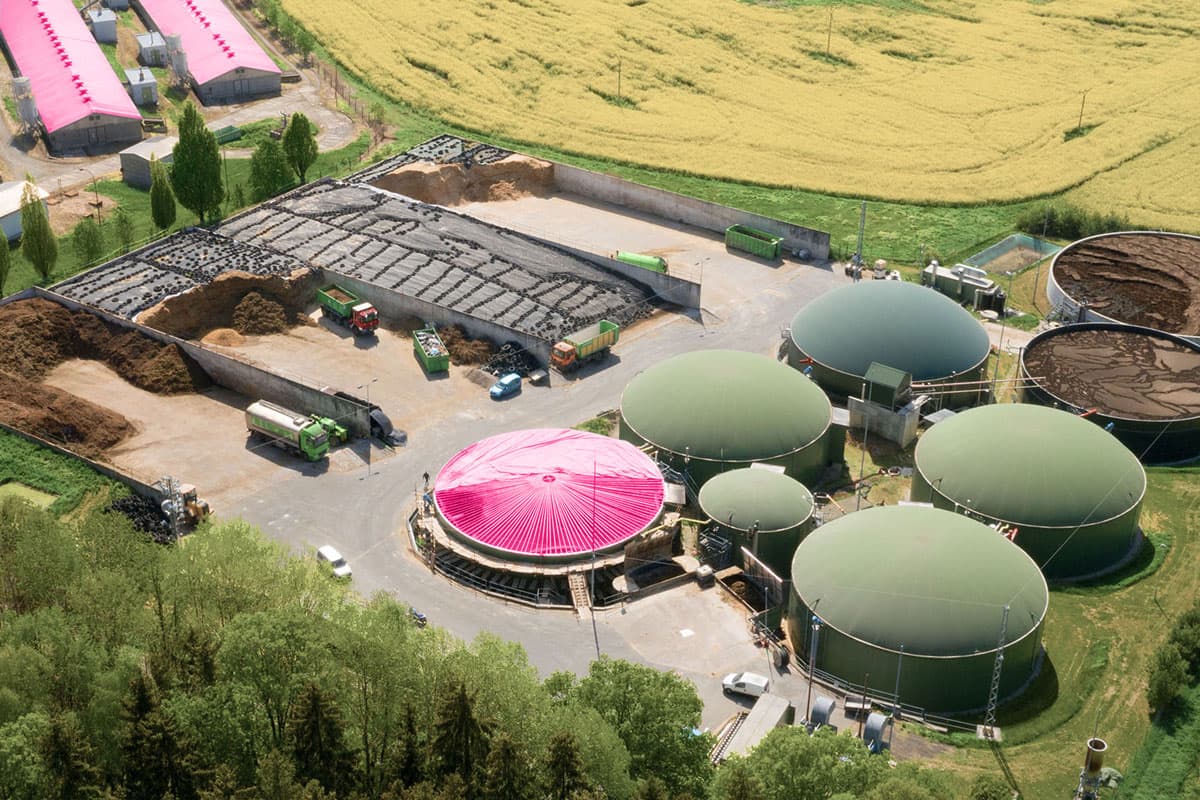
Biofuels policy, which has gained prominence in the US since the 1990s, resulted in mandatory biofuels consumption legislation in 2010. The Renewable Fuel Standard (RFS2) aims to promote biofuel production.
In Brazil, where bioethanol programs began in 1975, its use in the automotive sector became widespread in the 2000s. In 2007, a memorandum of understanding was signed with the United States to establish standards for bioethanol production.
China, which is seeking to expand biofuel production and consumption, primarily supports the use of non-food biomass. In 2001, the Bioethanol Incentive Program began supporting projects and R&D studies in this area.
In the European Union, a biofuels policy has been in place since 2003. Its goals include expanding trade in biofuels, supporting R&D activities, calculating carbon dioxide emissions, subsidies for biofuel production, and developing biofuel production and distribution.
According to 2011 data, Sweden and Austria obtain 16 percent and 13 percent, respectively, of their total energy from biomass. Similarly, Finland uses biomass energy in various sectors.
Global energy demand is expected to increase by 35 percent by 2035. This increase is expected to mainly come from India and China, which are outside the OECD countries. Coal-based energy production in these countries is expected to gradually decline. By 2035, production based on renewable energy sources and natural gas is expected to be four times higher.
In OECD countries, the use of these resources is expected to increase, particularly wind power, bioenergy, hydropower, and photovoltaics. The rise in oil prices will also pave the way for energy needs to be met by natural gas and biofuels.
In Turkey, as well as worldwide, various studies are being conducted on biomass processing and its use as an energy source. The Biomass Energy Potential Atlas (BEPA) report prepared by the Ministry of Energy aims to determine the potential of this type of energy. According to it, the total economic value of animal and plant waste, forestry waste and municipal waste in the country is 3.9 MTEP/year.
According to the data from the end of 2020, the share of biomass in total electricity generation is 1.80 percent.
More biomass processing and power generation facilities are also being built every day in Turkey. As of June 30, 2021, there were nearly 100 biogas plants in Turkey with a capacity of about 350 MW.
There are also nearly 40 incineration plants with a capacity of about 600 MW. While these plants may seem like a lot, they only process 40% of Turkey's total waste potential.
These wastes are processed in plants and their economic value results in the raw materials being converted into a range of materials such as biochar, fertilizer, carbon black, and disinfectants.
History of Energy from Biomass
 The traditional use of biomass dates back to ancient times. After the discovery of fire, biomass resources such as wood were used for both heating and cooking. However, in the modern sense, it is known that the Persians and Assyrians used biogas to heat their bathrooms.
The traditional use of biomass dates back to ancient times. After the discovery of fire, biomass resources such as wood were used for both heating and cooking. However, in the modern sense, it is known that the Persians and Assyrians used biogas to heat their bathrooms.
In the 17th century, it was recognized that gas was formed during the decomposition of organic products, and the first biogas production took place in the 19th century. Biomass was used as fuel for lamps in the United States until the mid 1800s. This energy became the most important source for meeting all energy needs.
England also used sewage gas in street lamps during these years.
In 1908, ethanol was used as a fuel in Ford Model T cars. During World War II, biogas began to be used as motor fuel. Since then, some countries have enacted laws to promote biogas production.
In Turkey, studies on biomass processing and biogas were conducted for the first time in 1957 by the Soil and Fertilizer Research Institute. However, as this plant was not suitable for our country, the desired efficiency could not be achieved in the first studies.
Today, modern facilities are being expanded every year, and the use of biomass and biofuels as an alternative to fossil fuels is being promoted.
Comparison of Biomass and Other Energy Sources
Biomass becomes a renewable energy source when it is converted into energy using modern and accurate methods. It stands out as an environmentally friendly and reliable energy source.
Economic utilization of biomass is possible if the environmental, political, social and economic factors are optimized.
Biomass has been converted into energy by combustion throughout its historical development. Today, it is processed in modern plants and used to produce various gases and types of energy. For example, hydrothermal conditions should be created for hydrogen production and biogas technology for methane gas production.
If biomass is to be liquefied, pyrolysis is a very effective process for increasing energy density. Thanks to these processes, various forms of energy such as pyrolysis oil, methane gas, methanol and ethanol can be obtained, contributing to both technological development and national economy.
Energy from biomass can be described as an option that does not pollute the environment compared to non-renewable energy sources. Compared to renewable energy sources, it is characterized by its ease of storage.
You can share your opinions and questions about biomass in the comments below.

 Online Services
Online Services Application Inquiry
Application Inquiry Pay Assurance Fee
Pay Assurance Fee Query Installation Number
Query Installation Number Compensation Fee Inquiry
Compensation Fee Inquiry Automatic Payment Order Inquiry
Automatic Payment Order Inquiry Partnership
Partnership
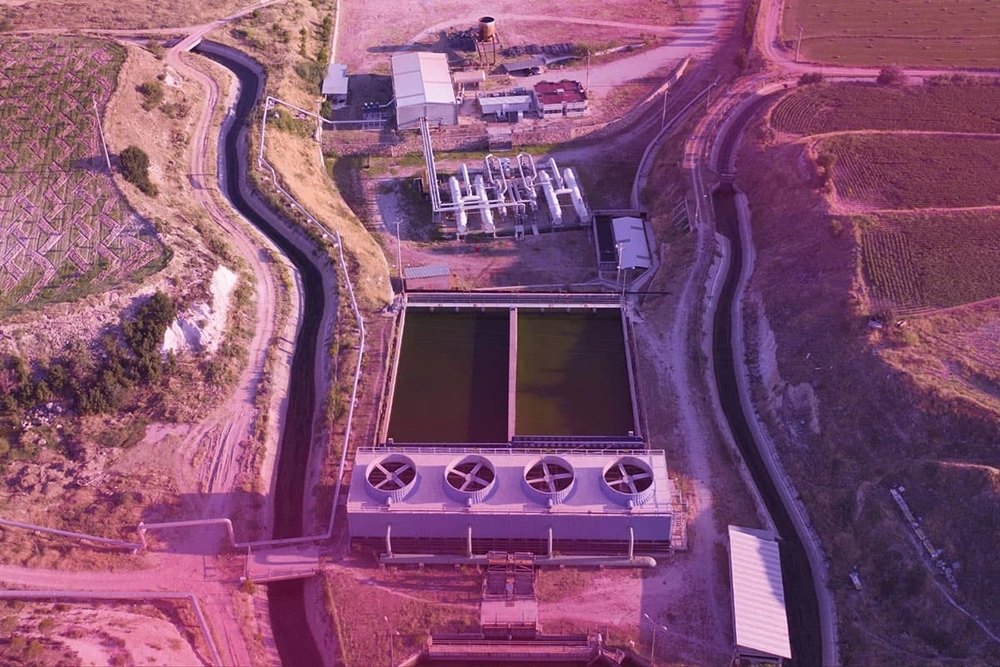

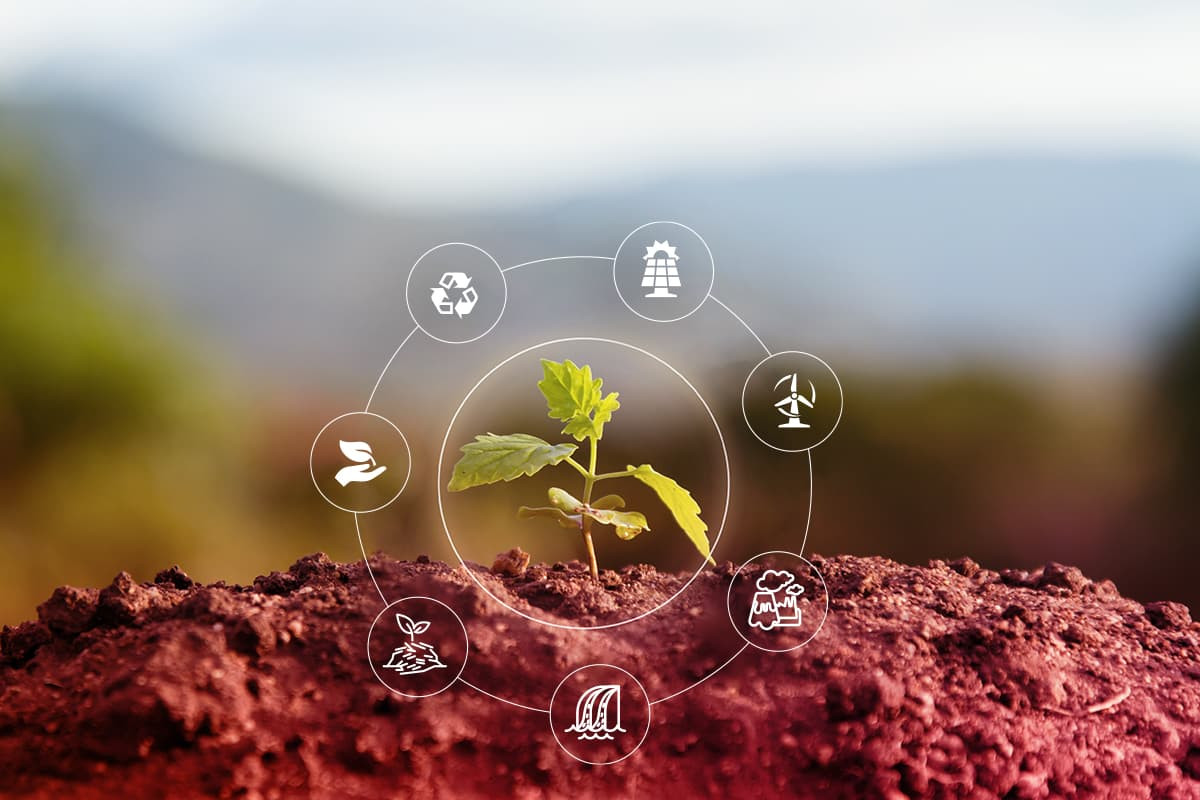

-Ssstem-nedir.jpg)
Leave a Comment